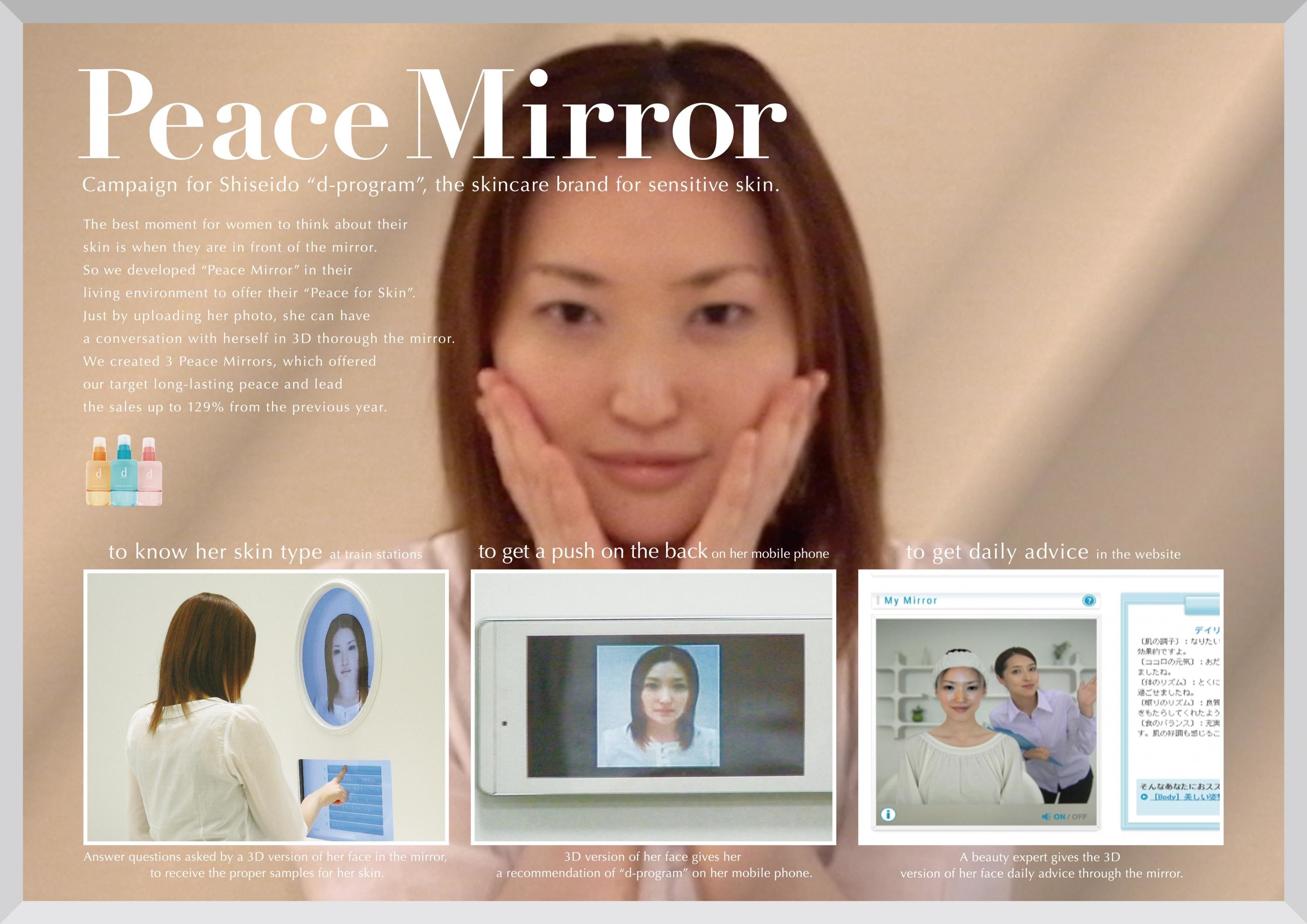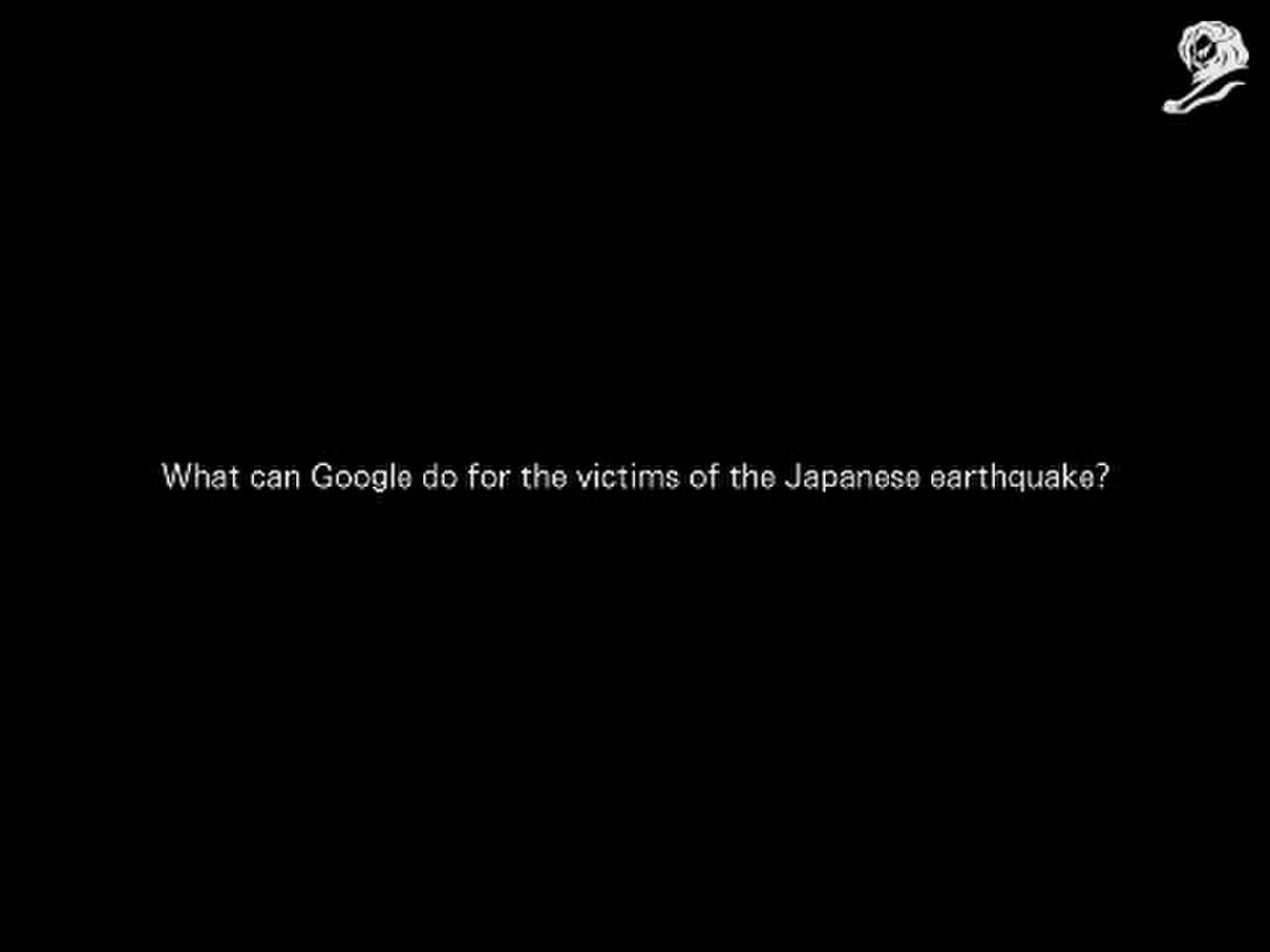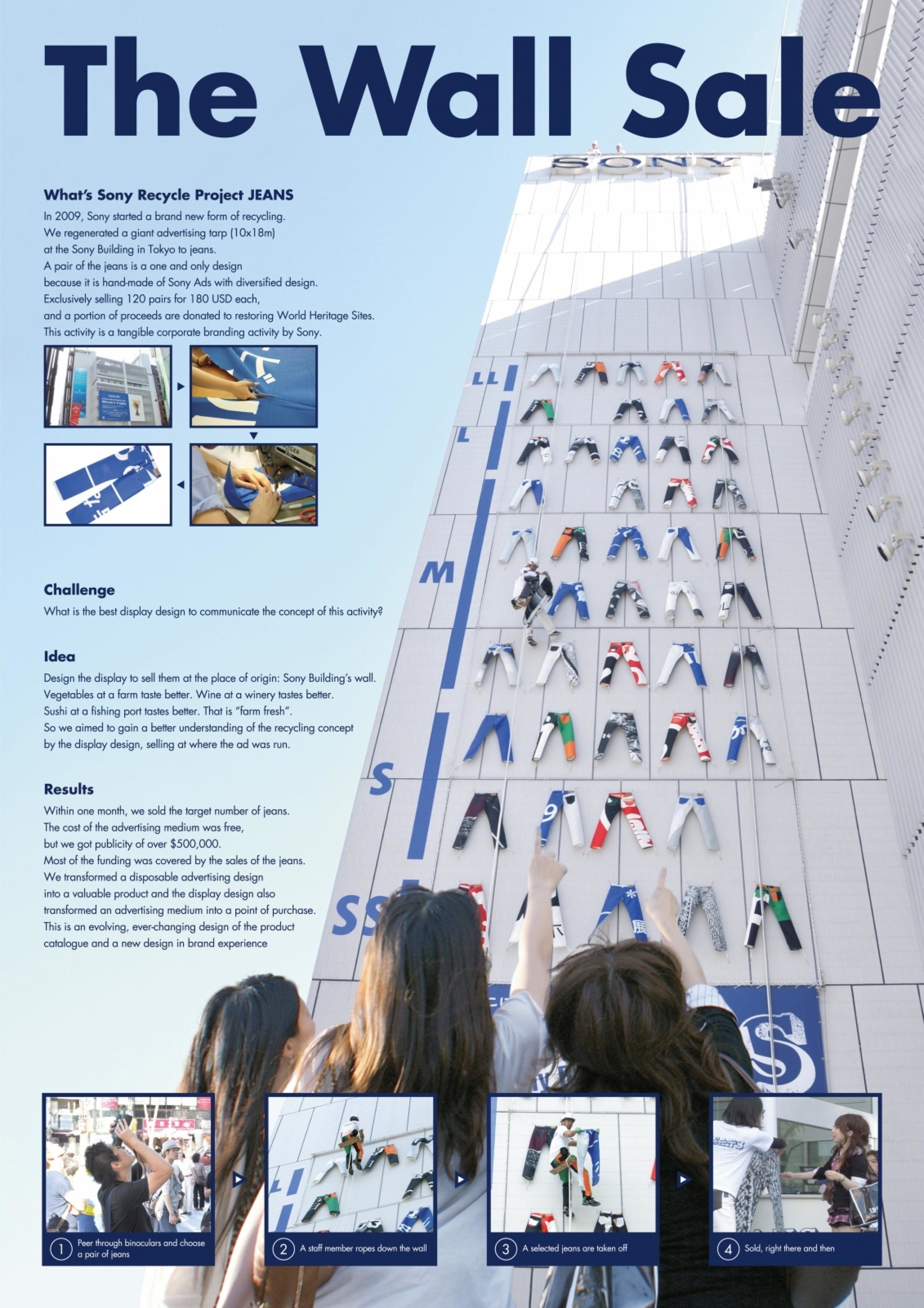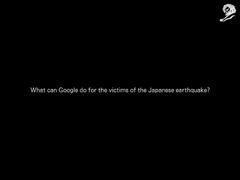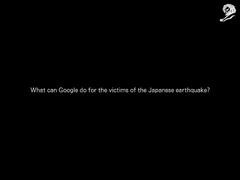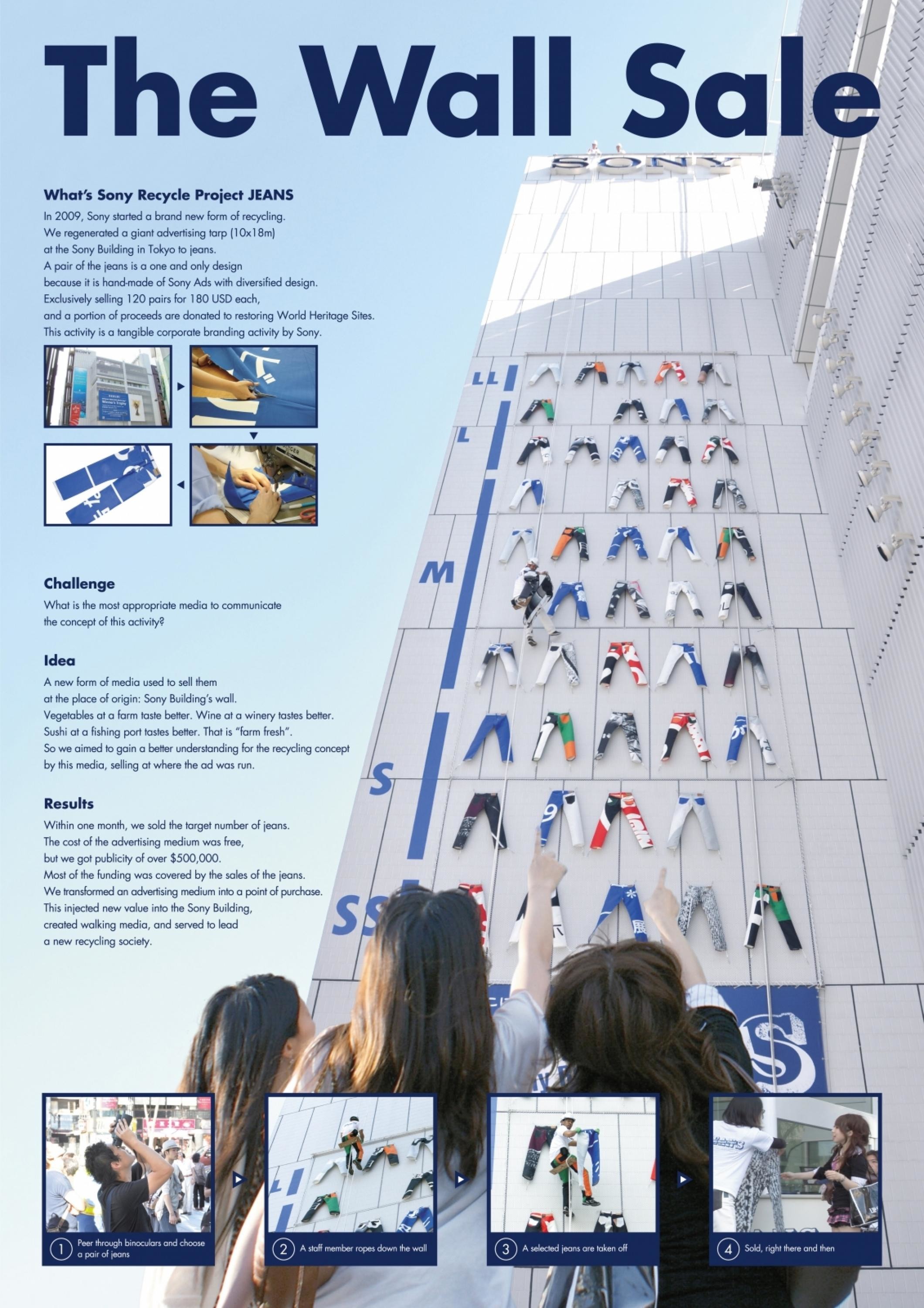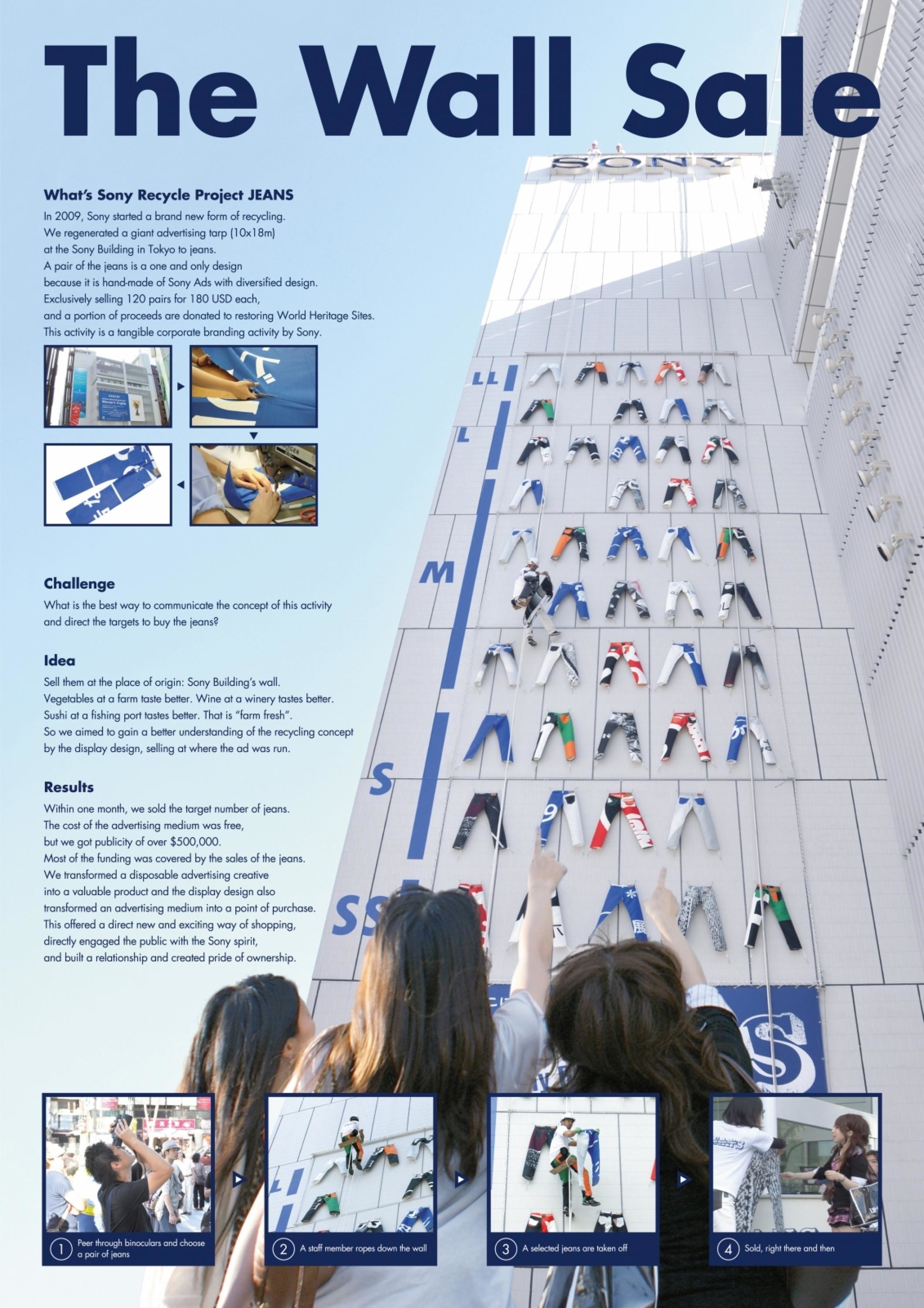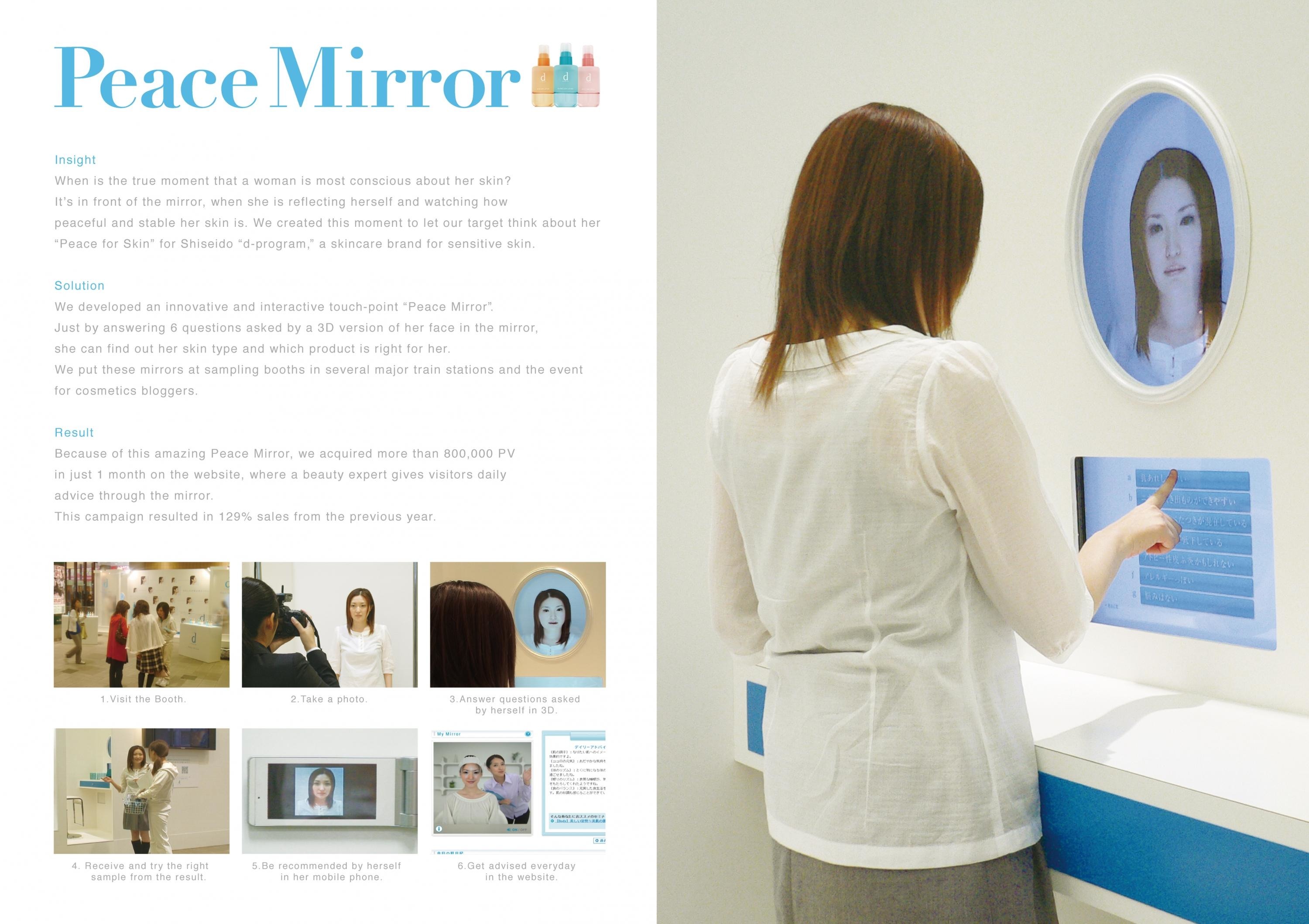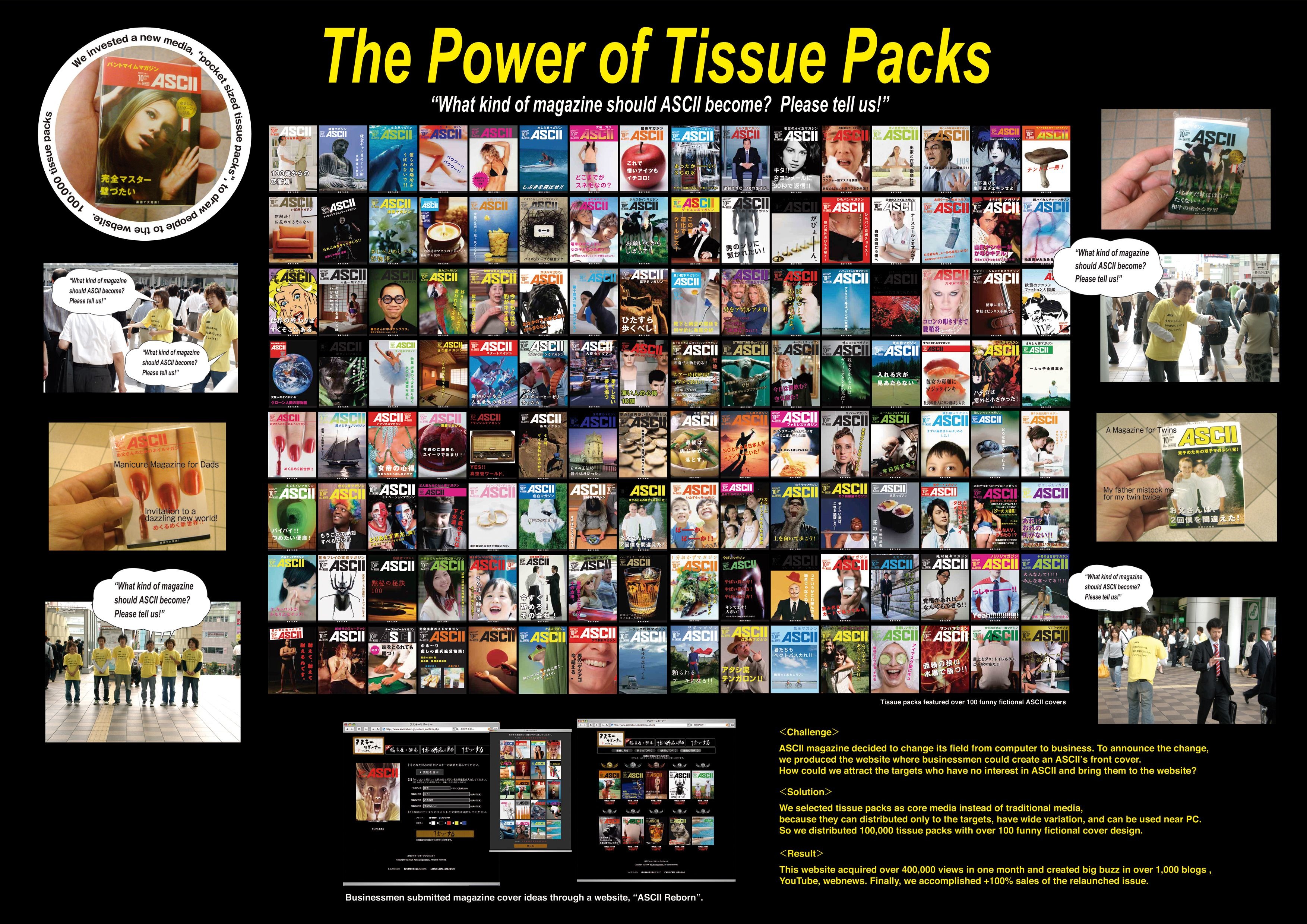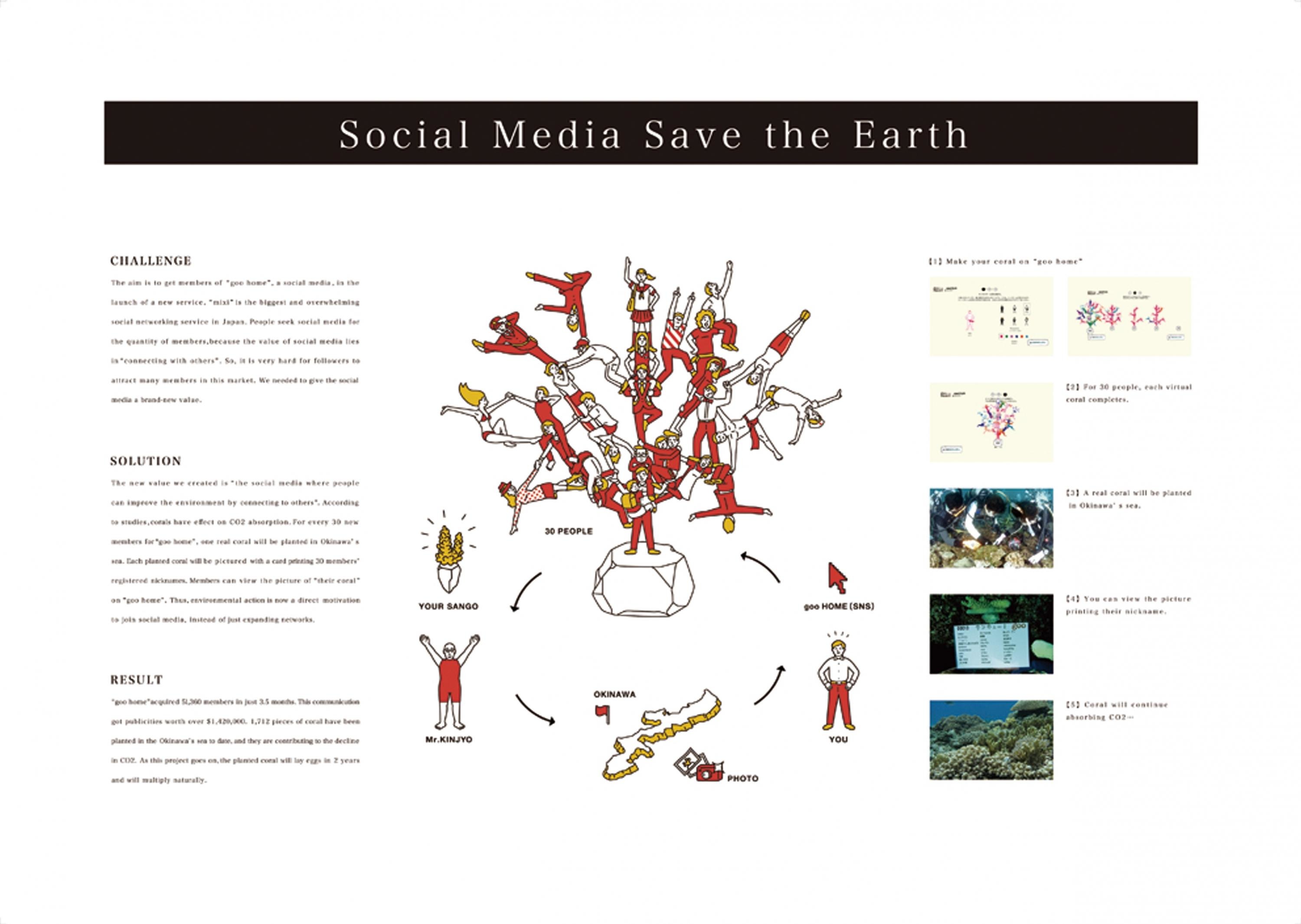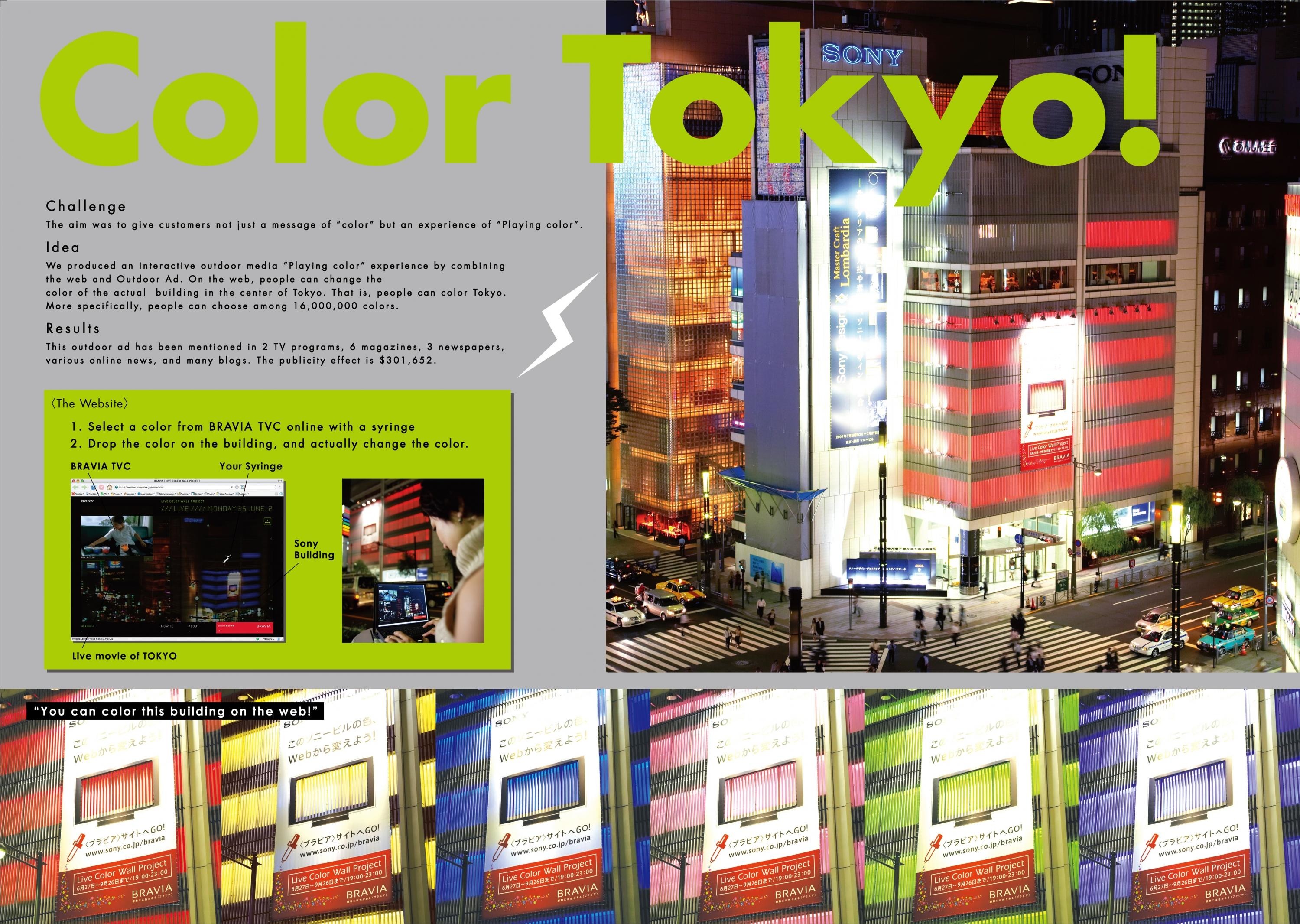Innovation > Innovation
EYE PLAY THE PIANO
HAKUHODO KETTLE, Tokyo / THE UNIVERSITY OF TSUKUBAS SPECIAL NEEDS SCHOOLS / 2015
Awards:
Shortlisted Cannes Lions
1 of 0 items
Overview
Credits
More Entries from Innovative Technology (including Stand-alone, Technological Solutions not in Association with a Brand or Creative Campaign) in Innovation
24 items
More Entries from HAKUHODO KETTLE
24 items
